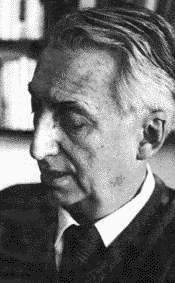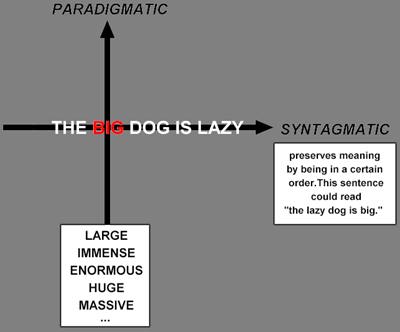|
 |
 |
 |
| Roland Barthes |
| ù���D�گS |
| �Ϥ��ӷ��Ghttp://we.got.net/~tuttle/ |
| ��ƴ��Ѫ̡GKate Liu/�B����; Allison Lin; Ann Yang / ���N�w |
| ����r���G |
|
|
|
Roland Barthes: Major Works and Ideas
 Major Works Major Works
 Major Ideas Major Ideas
1. "From Work to Text"
2. "The Myth Today"
3. The Other Related Concepts
�@
|
I. Major Work
-
first stage: Marxist-- Writing Degree Zero (1953) to Mythologies (1957)
-
second stage: Structuralist -- Mythologies -- The Fashion Design (The Death of the Author in 1967, also the year of publication of Writing and Difference)
-
third stage: post-structuralist -- S/Z
-
fourth stage: physical experience of reading, autobiography (Roland Barthes on Roland Barthes), A Lover's Discourse, On photography (Camera Lucida).
II. Major Ideas
Barthes is hard to categorized in some way. He is Marxist (influenced by Sartre, Marx and Brecht), structuralist (influenced by Saussure and Levi-Strauss) and then post-structuralist (influenced by Lacan, Foucault, Derrida and Kristeva).
I. "From Work to Text" -- The Text is a "methodological field," a structured but de-centered field of signs, rather then a portion of the space of books, an entity, which is the work. (Ref. "From Work to Text" �Ш��ۧ@��)
|
work
|
text
|
|
1. concrete;
|
1. a methodological field; 2. Subverting old classification
|
|
3. closes itself on a signified
|
3. sign; 4. Plural; intertextual (77);
|
-
caught up in a process of filiation
-
object of consumption
|
-
without the father's signature
-
process of meaning; splitting of signs; play; jouissance
|
-
The distinction between the writerly (writable) text and readerly (readable) text; pleasure of reading (enjoyable, nameable) and jouissance (revolutionary, shocking, cannot be articulated)
|
the writerly (writable) text =
text de jouissance
|
readerly (readable) text =
text de plaisir
|
TOP
II. "The Myth Today": 1. Myth is a type of speech; 2. Study of myth is both formal and ideological; 3. second-order signification (�Ш��ۧ@��)
Language
Myth
|
1. Signifier
|
2.Signified
|
|
|
|
3. Sign
I. Signifier (form with meanings)
|
II. Signified (concept)
|
|
III. Sign
|
-
"the form does not suppress the meaning, it only impoverishes it, it puts it at a distance, it holds it at one's disposal.
" (118)
-
"myth hides nothing; its function is to distort." (123)
-
"Its [The mythical signifier] form is empty but present, its meaning absent but full." (124)
-
3 kinds of reading:
-
producer of myth
-
decoder of myth
-
consumer of myth
3. Barthes in Mythologies
-- discuss the contradictory surface and latent meanings in cultural incidences;
-- disclose the inherent meanings of the ritual of wrestle (which is not a sport but a spectacle); -- critiques the ideologies underly popular culture, such as colonialism, sexism (gender stereotypes such as Garbo and Audrey Hepburn), etc.
�@
|
| �@ |
- �@
- Ref. Dick Hebdige on Punk Style
- �@
-
- Dick Hebdige thinks that Levi-Strauss's concept of "homology" can be used to read punk subculture as a third level of discourse. Punk style "deconstruct" itself by representing the experience of class contradictions in the forms of visual puns, bondage, ripped tee shirts and the link. In linguistic terms, these stylistic signifiers of sex and class refer to other signifiers, not to signifieds.
- As a result, punk style becomes a "dislocated, ironic, and self-aware" third-level discourse signalling the values of contradiction, disruption, and process.
- Hebdige uses as support Resistance Through Rituals, in which the authors use the concepts of homology and bricolage to explain how a certain subcultural style appeal to a particular group of people.
- "The skinheads were cited to exemplify this principle. The boots, braces, and cropped hair were only considered appropriate and hence meaningful because they communicated the desired qualities: 'hardness, masculity and workingclassness.'" (Praxis, 184)
TOP
|
reference: 1. Structuralism and Semiotics pp. 123-134 (focus: 123-25; 130-34); R. Barthes "Myth Today"
|
III. The Other Related Concepts
�@

|
|
|
|
|
